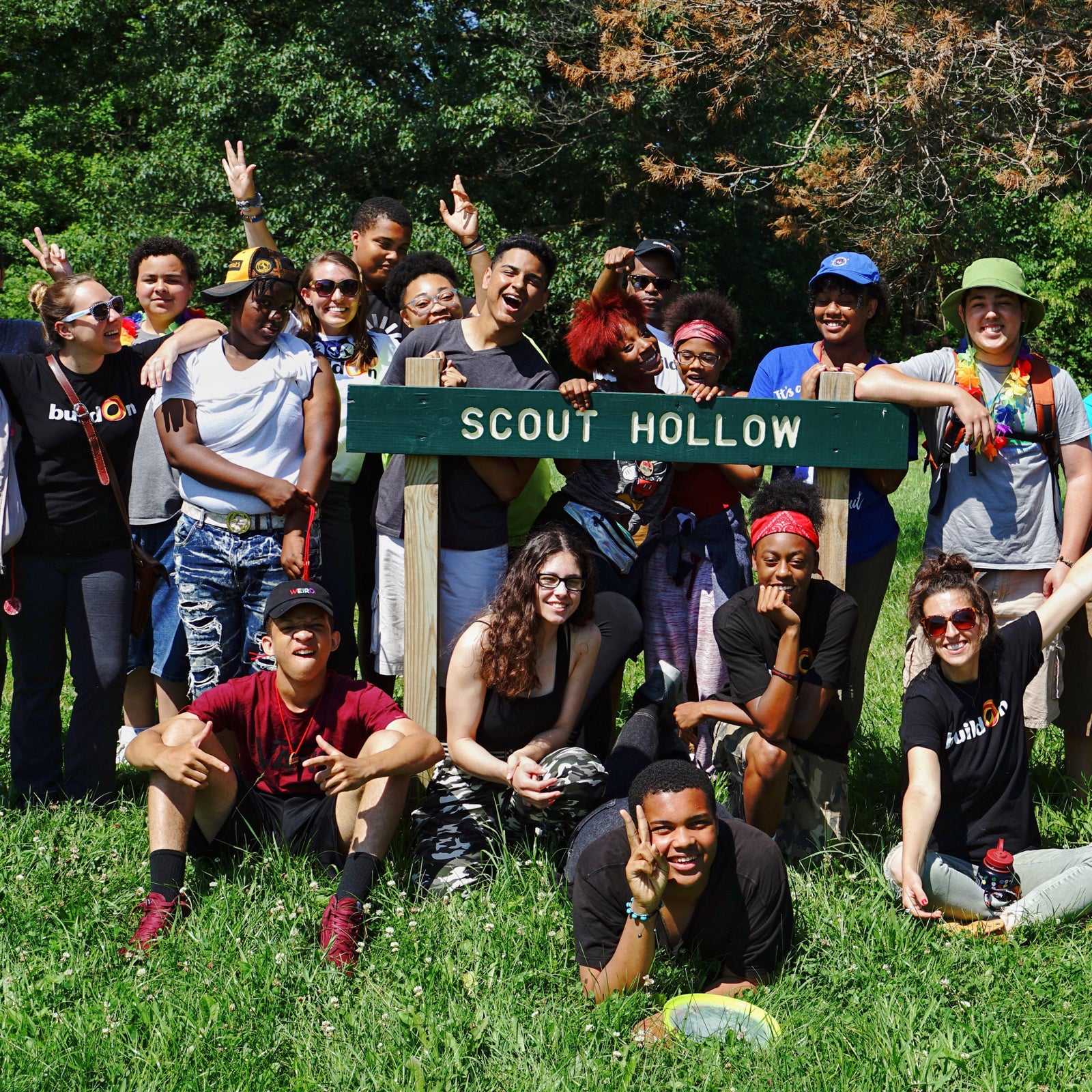In 2015, Garrett Dempsey and Lisa Perez went on a mission in Detroit’s , located on the city’s far west side. They were looking for Scout Hollow, a long-forgotten campground that dates back to at least the 1930s. They��scanned the tree line and spotted a path blanketed with weeds descending into the woods. Upon closer inspection, they found weathered steps and realized that they must be in the right place. When they reached the bottom of the hill, they found a field overrun with chest-high weeds.
This was Scout Hollow?
In the ten years since Scout Hollow had been used, nature had reclaimed this once active campground. Other than a rusted flagpole and some broken glass at the foot of the stairs, there were no signs that humans had ever been there. The only evidence of life was a few circles of flattened weeds where deer had bedded down.
Where others might have seen obstacles, Dempsey and Perez saw an opportunity to bring camping back to Detroit. Dempsey, 46, is a Sierra Club campaign representative for , an organization that aims to inspire the city’s youth to spend more time outside in local natural spaces by providing opportunities for camping in the city. The program��is a collaboration between the Sierra Club, , and the .��Dempsey, who is passionate about equitable access to nature, has years of experience leading youth excursions, first in San Francisco and later as the chair of the�� (ICO) program in Detroit. Perez, 51, is the Detroit urban-connections coordinator at the U.S. Forest Service and serves on the . After their first visit to Scout Hollow, Dempsey, Perez, and several community stakeholders began planning to reopen the site as a campground for the city’s��youth.
When people think of camping, they usually imagine western mountains and remote rivers. They dream of Denali, not Detroit. But many youth in urban areas don’t see the greater��outdoors as a place for them. There are organizations that aim to increase participation and inclusion by introducing city kids to camping and backpacking in national parks and wilderness areas far from home, and while those adventures are beneficial, outdoor experiences in cities open up more accessible opportunities��and give youth groups a chance to be stewards of their own backyards.
“Having a camping program that embraces natural spaces in the city��is��an intentional part of recognizing and embracing the richness and the strength and the assets and the beauty that are inside Detroit,” Dempsey says. “We don’t want to have the conversation about nature start with a three-hour road trip to someplace. We hope that one day they’ll want to go on that road trip��and they’ll seek out nature all around. But we think it’s important to begin from a place that recognizes the inherent value of their home.”
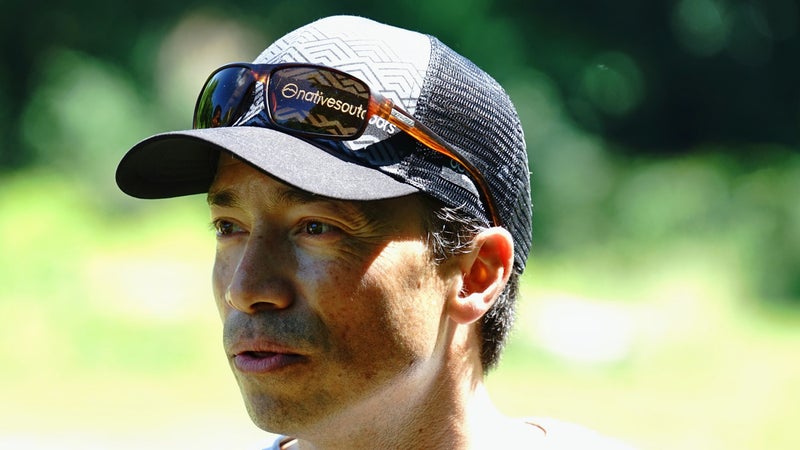
Increasing inclusion in the outdoors is close to the heart of Detroit Outdoors’s mission. The city is 80 percent Black. In 2016, only five percent of all U.S. campers were Black and ten percent were Hispanic, according to the Outdoor Foundation’s 2017 .��“If a young person types in the search ‘Detroit camping,’ we want the results to come up with lots of pictures and stories of other people of color that look like them,” Dempsey says.
Volunteers from several community organizations helped clean up Scout Hollow,��and Dempsey and local advocates��reached out to representatives from the city’s parks and recreation department for permission to use the site and asked the city to maintain the grounds. In 2018, with grants from the , REI, and the Sierra Club, Scout Hollow reopened under the management of Detroit Outdoors. It’s now 17.5 acres, with almost five acres of meadow space for camping and a three-quarter-mile nature trail to the Rouge River. The thick woods surrounding the campground—home to��bald eagles, wild turkeys, pheasant, woodchucks, great blue herons, red-tailed hawks, deer, and coyotes—mute the roaring rhythms of Detroit, making the campgrounds��feel hundreds of miles away.
With three campsites that can accommodate up to 30 people each, Scout Hollow is available��to youth groups that have a leader who is Camping Leadership Immersion Course (CLIC) certified through Detroit Outdoors. The organization offers a two-day, one-night CLIC training course throughout the year to prepare��youth leaders with the skills necessary to��lead overnight camping trips. Once certified, leaders��can reserve a campsite and gear from Detroit Outdoors’s��extensive gear library for a nominal cost. (Detroit Outdoors adopted its gear library and CLIC training concepts from a model used by the , a group of seven outdoor programs serving youth throughout the U.S.)
Detroit Outdoors staff teach CLIC trainees skills��like how to set up tents and use camp stoves. “It’s really about building relationships and providing them resources,” says Jac Kyle, a naturalist and Detroit Parks and Recreation representative with the organization. “We try to have it so they can get a taste of what it would be like to teach these skills and to coordinate the logistics of the gear and the camp setup.”
In its first two summers of operation, Detroit Outdoors trained 84 group leaders��and 480 youths camped at Scout Hollow. (The program has been closed during the pandemic.) Julia Cuneo, strategic coordinator for the youth-run activist organization (DAYUM), completed a CLIC training and went camping at Scout Hollow with a group of teens in 2019. At the training, she says, “it was really interesting to compare programs [with other youth group leaders]��and talk about the different ways we were going to use the space��and the different kinds of relationships we had with the young people we work with.”
Bryson Nickelberry, a 13-year-old Detroit resident and an eighth-grade student at the��Foreign Language Immersion and Cultural Studies School, had his first overnight camping experience with his Boy Scouts troop at Scout Hollow in 2019.��Nickelberry says he enjoyed cooking, sleeping in a tent, hiking, and telling campfire stories. He also was able to reconnect with the same campground where his grandmother and great-aunt attended day camps in the late 1950s.��He adds that��other kids might��be interested in camping at Scout Hollow to learn about nature and each other. “You have other people that are like you, and you connect more with them on trails,” Nickelberry says. “You find the real meaning of teamwork and cooperation.”
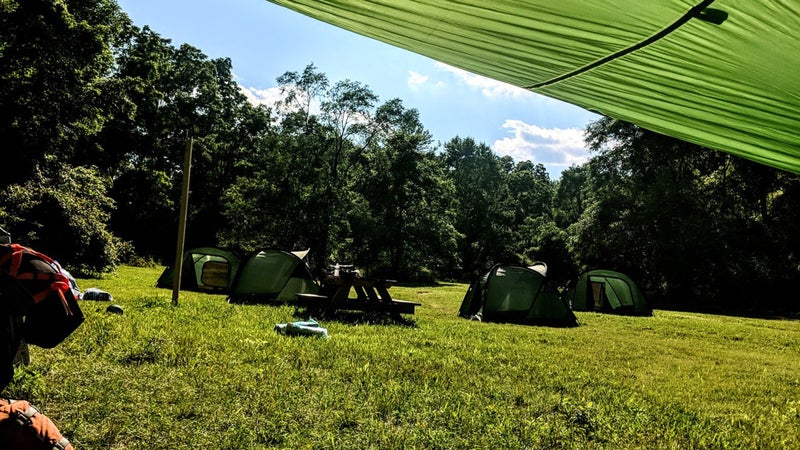
Natalie Ramos, the YMCA program manager for Detroit Outdoors, believes��it’s important to work with youth who do not typically see people who look like them in the outdoors, because it allows them to learn about outdoor recreation and careers in the��field. “You don’t have to leave the city to be in touch with nature,” she says.
Similar efforts are underway to get kids camping in other metro areas, like Chicago’s Cook County,��the nation’s second most populated county. In 2015, the , a member of the Outdoors Empowered Network that worked with Detroit Outdoors on its program, opened five new campgrounds in the area, including sites for RV and tent camping, cabins with bathrooms, and group sites, and it began offering CLIC trainings and access to gear libraries to certified leaders.
The Forest Preserves has since trained nearly 170 leaders and has had more than 1,300 participants camp at its sites using gear from its library. The organization, which markets its camping programs to children in underrepresented communities and offers free bus transportation, has trained leaders who work��with diverse populations, including developmentally disabled adults, wounded warriors, women’s groups, and alternative high schools on the west side of Chicago serving students in their late teens and early twenties who reentered school after being arrested, battling drug addictions, or having children.
The Chicago Park District also runs a��weeklong program for children ages 9 through 12, culminating in a 24-hour experience at a park in the city. Its weeklong Under Illinois Skies program,��for children 10 through 13, includes a trip to a Forest Preserves campground and a family camping experience.
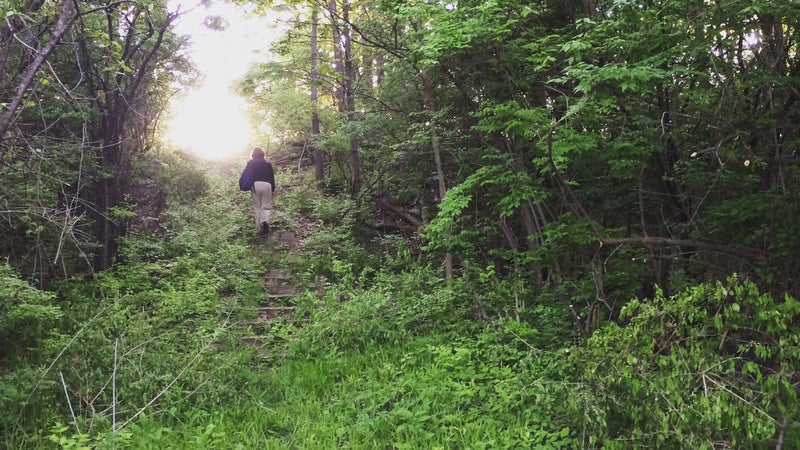
Minneapolis-based offers similar opportunities to youth from underrepresented communities, including people of color, new immigrants, and individuals with disabilities, at Fort Snelling State Park in Saint��Paul. The nonprofit��supplies all necessary gear for the campers, including tents, cooking equipment, sleeping pads, sleeping bags, and raingear. In San Francisco,����provides outdoor leadership training for youth group leaders and gear for camping at the Presidio, a National Park Service site within��city limits. And in New York, the Appalachian Mountain Club’s ��features��free gear loans and camping at ’s Ecology Village in Brooklyn.��
Liz Holley, a program specialist with the Chicago Park District, manages its citywide camping programs. She says that children who camp and participate in outdoor activities develop a respect for nature and conservation. “Much of the world is urbanizing very quickly,” Holley says. “So if we lose that connection to nature, if we don’t respect that, we won’t be able to recognize it in our own backyards. It’s��empowering and grounding to have that.”
Dempsey adds that by deepening a young person’s relationship with nature, he hopes to create “the fertile soil for planting a seed in young people who are going to be tomorrow’s environmental stewards and advocates.”
His plan seems to be working. Ajee Witherspoon runs the ’s Environmental Stewardship Internship (ESI) program, which��teaches 16-to-19-year-olds job-readiness skills and how to be environmental stewards and advocates for their communities. She has taken ESI interns on two camping trips to Scout Hollow. On one outing, the ESI interns found leopard frogs. When Witherspoon looked over, all the interns had gathered around a girl who was explaining how to treat animals humanely.
“Mind you, many kids do not trust nature,” Witherspoon says. “They don’t want to touch a frog or anything, but by the end of this experience, they’re looking for frogs, they are actually trying to start a biological index of this area. That’s how impactful it can be.”
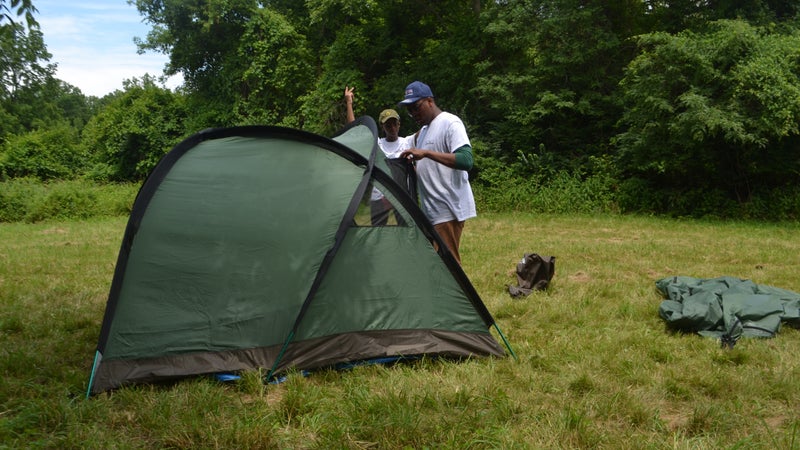
Michael Johnson, a 2020 graduate from Detroit Cass Technical High School, camped at Scout Hollow with DAYUM in 2019. It was his first time camping, and he found it calming to be surrounded by nature and to see the sunrise without buildings obstructing it.
“A lot of people don’t realize that these places are not that far from them,” Johnson says. “They’re always in a place where everything’s moving at once. There’s a lot of stimulus that—it overtakes them, and they get used to it, but they never find a place to just relax. And this is one of those places where we can learn about nature, and small things around you, and how to realize that you should be working to preserve stuff like this.”
Since Dempsey and Perez first visited Scout Hollow five years ago, it has become much more than a campground to the youth and community leaders who stay the night there.
“When you’re standing at the top of the stairs, you know you’re in Rouge Park. You see the swimming pool that’s behind us, you see the residential area behind us. Everything feels like Detroit,” Witherspoon says. “But Scout Hollow, I’ll tell you, it’s like Narnia. As soon as you go down the stairs, you’re in a whole new world.”


